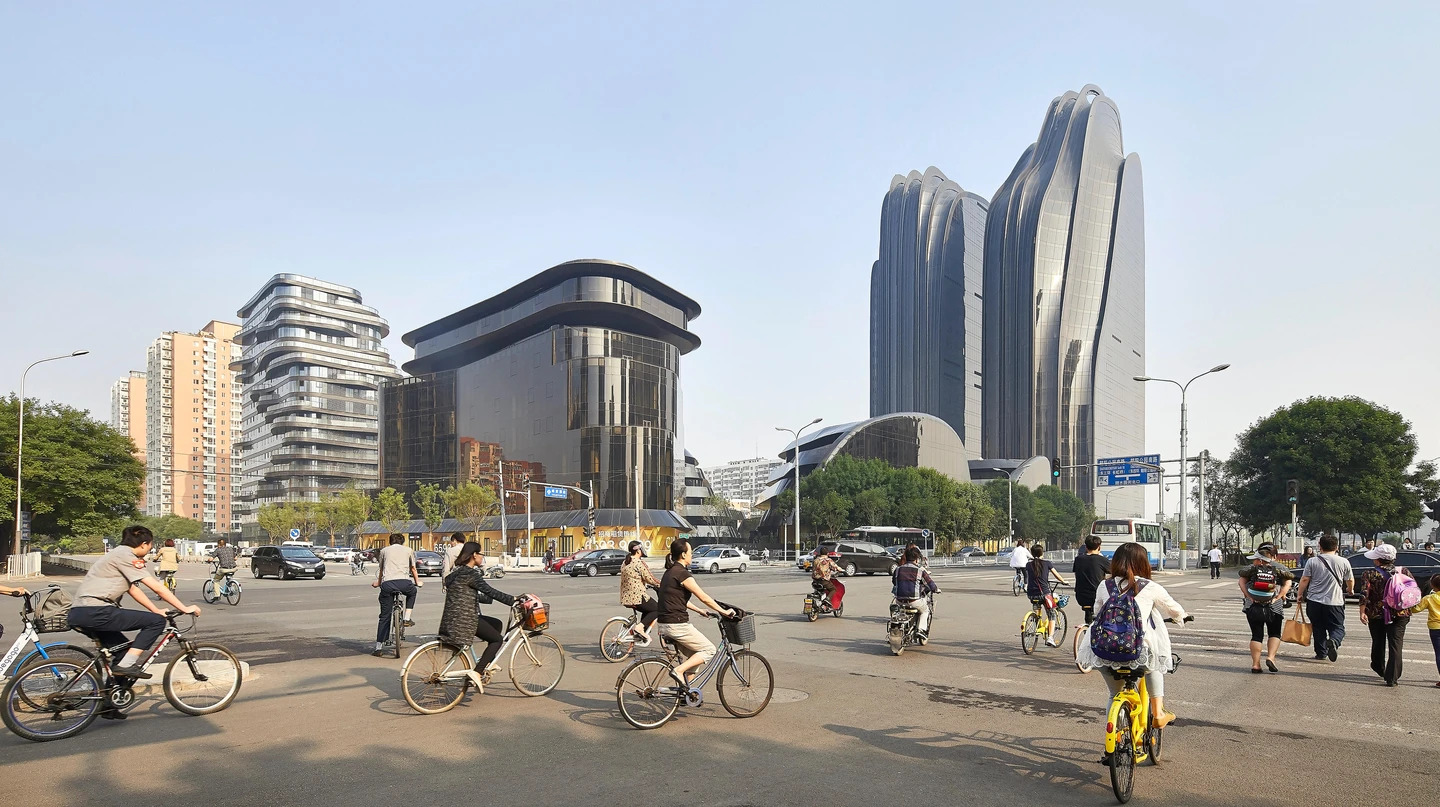China’s central bank, the People’s Bank of China (PBOC), recently opted to maintain its five-year loan prime rate (LPR) at 4.2%, diverging from market expectations of a rate cut.
The decision was also coupled with a modest reduction in the one-year rate to 3.45%.
This move has led to speculation that Beijing is grappling with a delicate balance—stimulating economic growth without jeopardizing bank profitability.
Banks profit from the net interest margins (NIM), the gap between interest charged on loans and the interest paid to depositors.
Some concerns lowering the LPR might diminish these margins, compromising banks’ financial cushions against potential bad loans.
A recent PBOC quarterly report noted a 23-point drop in NIM at Chinese commercial banks to 1.74% in the previous quarter, emphasizing these concerns.

While protecting the financial system remains a priority, such decisions can inadvertently dampen consumer and business sentiments.
Reduced rate cuts can influence homeowners’ mortgage payments and prospective buyers’ willingness to secure new loans.
The economic climate appears increasingly challenging for businesses, especially those in the property and office rental sector.
China’s economic recovery seems slower than anticipated, especially in its real estate sector.
SOHO AND SAVILLS
Exclusive office spaces in major cities like Beijing and Shanghai are witnessing rising vacancies, with companies looking to cut costs on rental overheads.
Notably, Soho China, a major property owner, reported a significant 93% drop in its profits in the first half.
In the same vein, Savills, a real estate firm, documented a rise in terminated leases, with Shanghai and Beijing experiencing higher office space vacancies.
Entrepreneurs in the food and beverage sector exemplified the changing dynamics by relocating his office to a more affordable location following an attempted rent increase by his landlord.
He mentioned that the rent is among the few expenses businesses can now reduce, underlining the broader economic challenges.
The property sector’s subdued performance has broader implications. Concerns about the sector’s future have led global banks to reassess their growth projections for China.
OFFICE SPACE
Additionally, corporate investment in the Chinese office space sector has witnessed a decline, registering US$1.9 billion in the second quarter—the lowest since 2018.
Most of this investment comes from domestic players, as North American and European institutional investors have largely abstained from transactions in recent years.
This trend in the office property sector corresponds with China’s below-par GDP growth numbers.
Benjamin Chow, MSCI’s head of Asia real assets research, highlighted to Nikkei the sector’s dimmed prospects and the consequent reduction in liquidity.
Interestingly, domestic real estate investors are gradually shifting their focus from office spaces to other sectors like logistics and multifamily buildings.
In summary, China faces intertwined challenges in its banking and real estate sectors.
While the central bank’s decisions are geared towards protecting the financial system, the real estate market’s lukewarm performance is a testament to the broader economic slowdown.
The coming months will reveal how Beijing navigates this complex landscape to ensure stability and growth.

